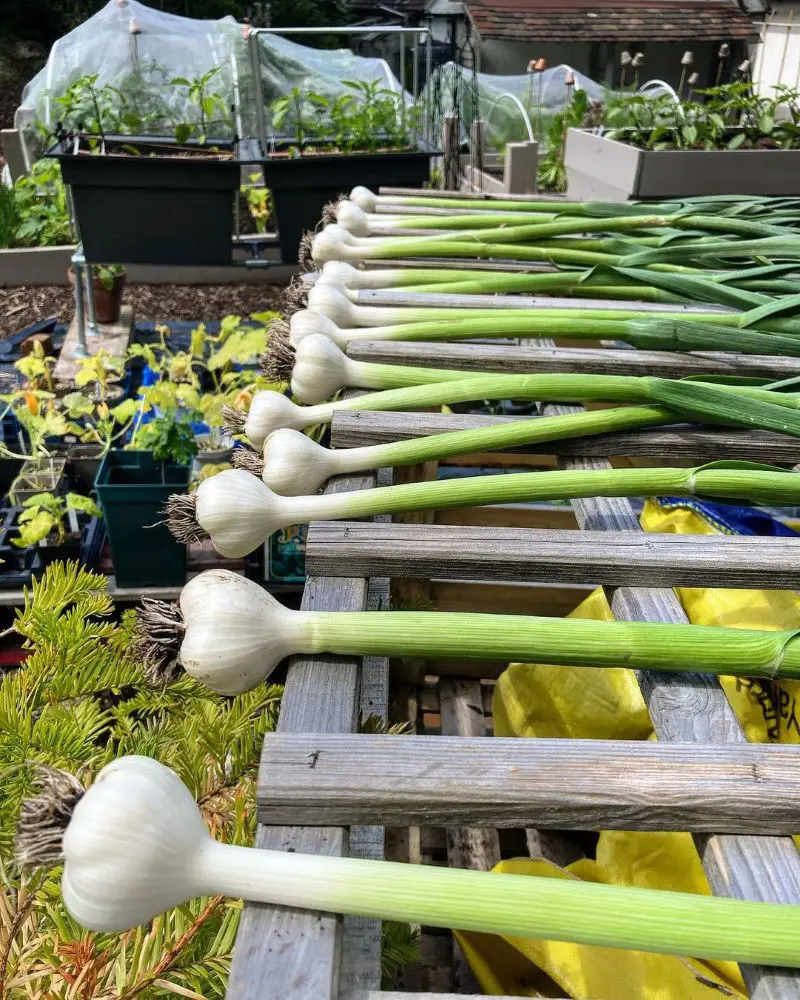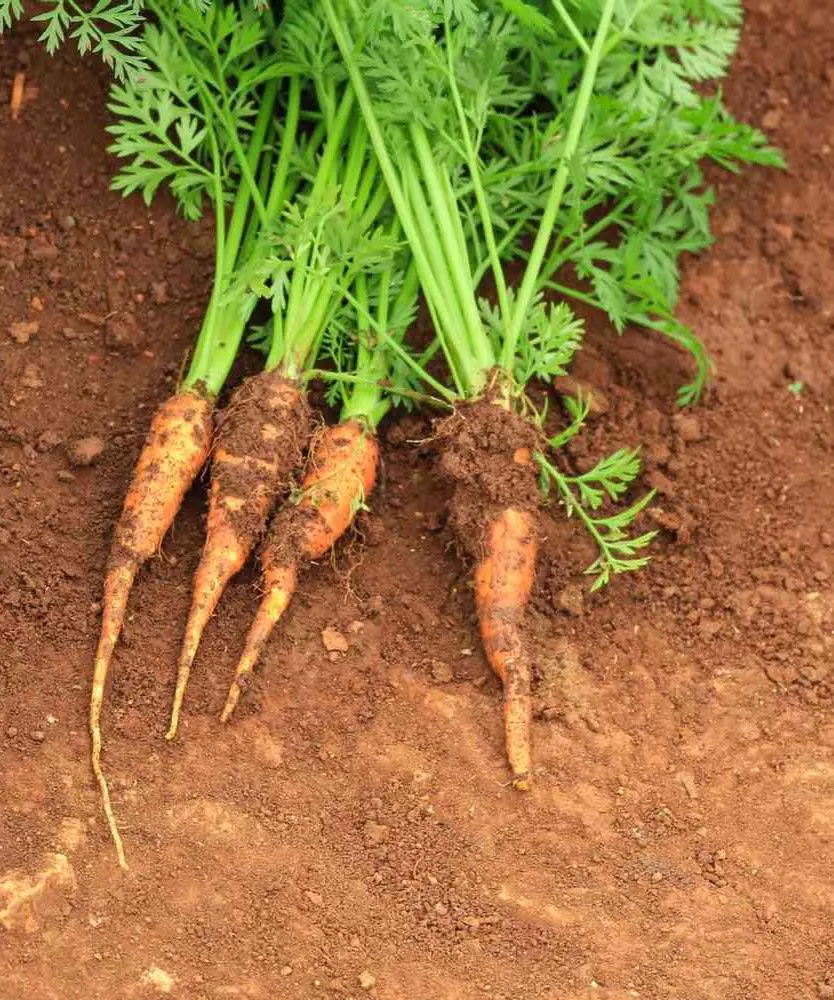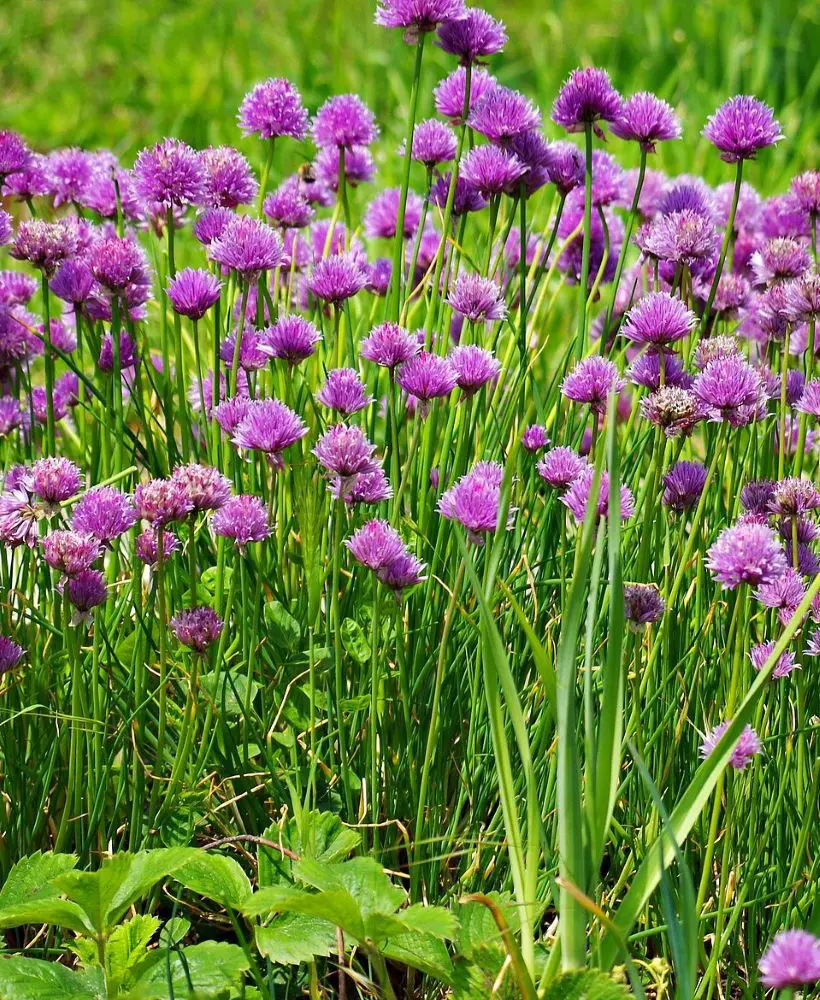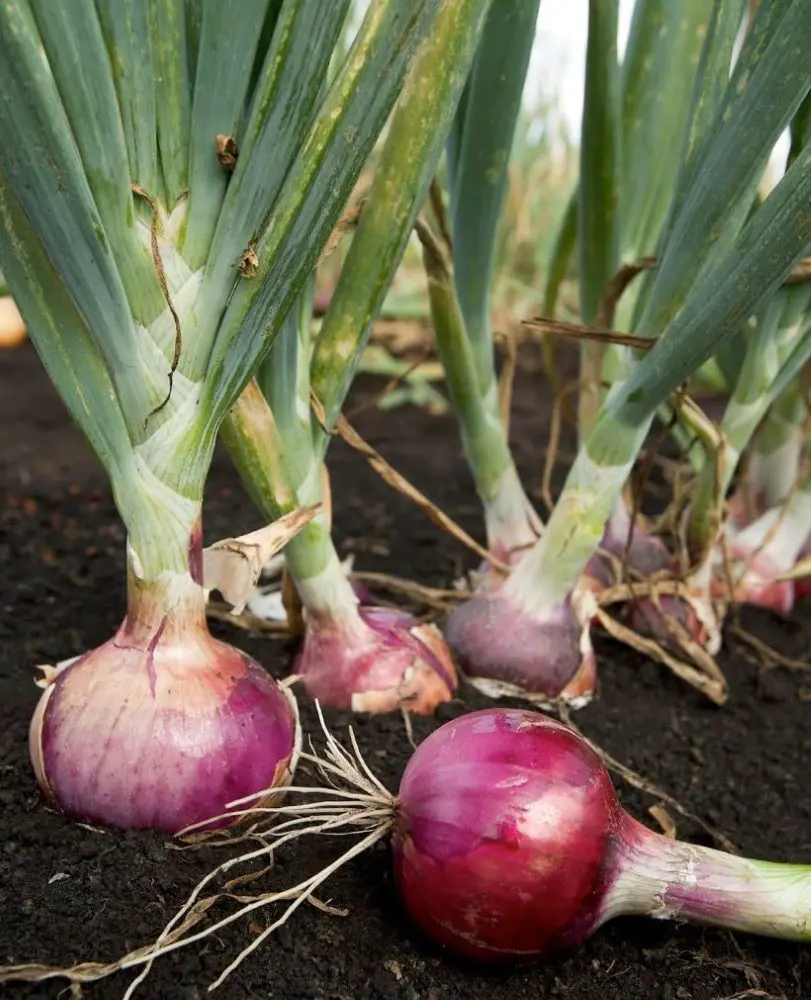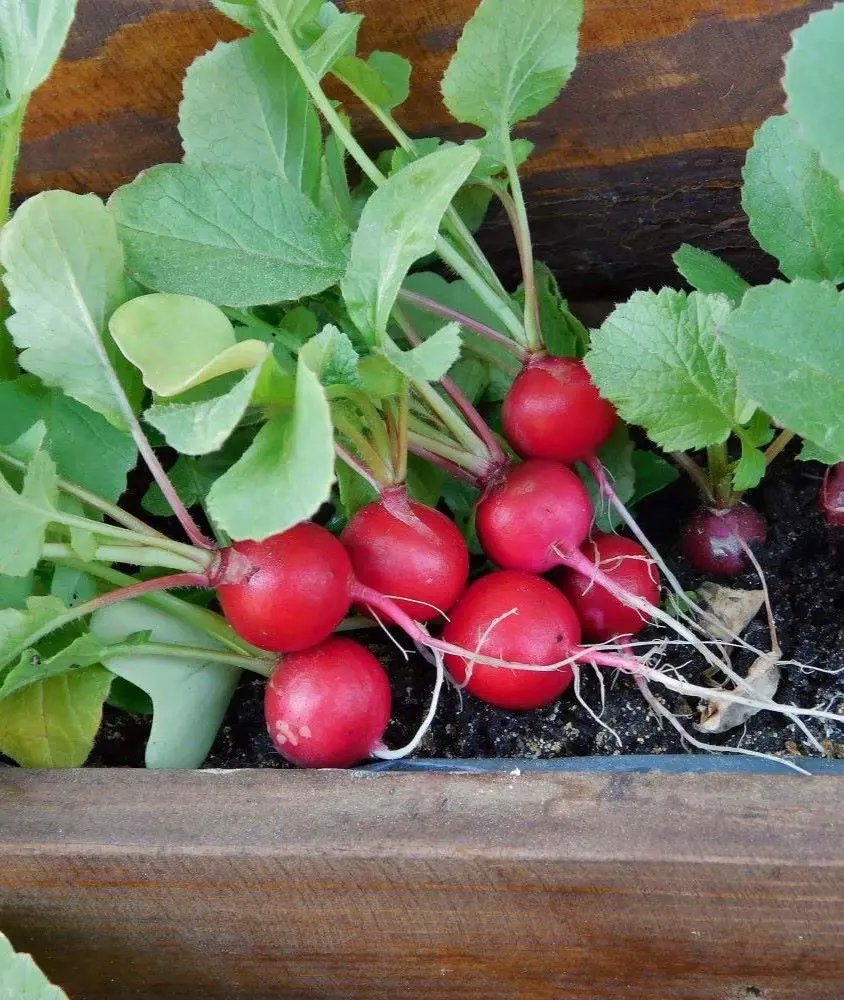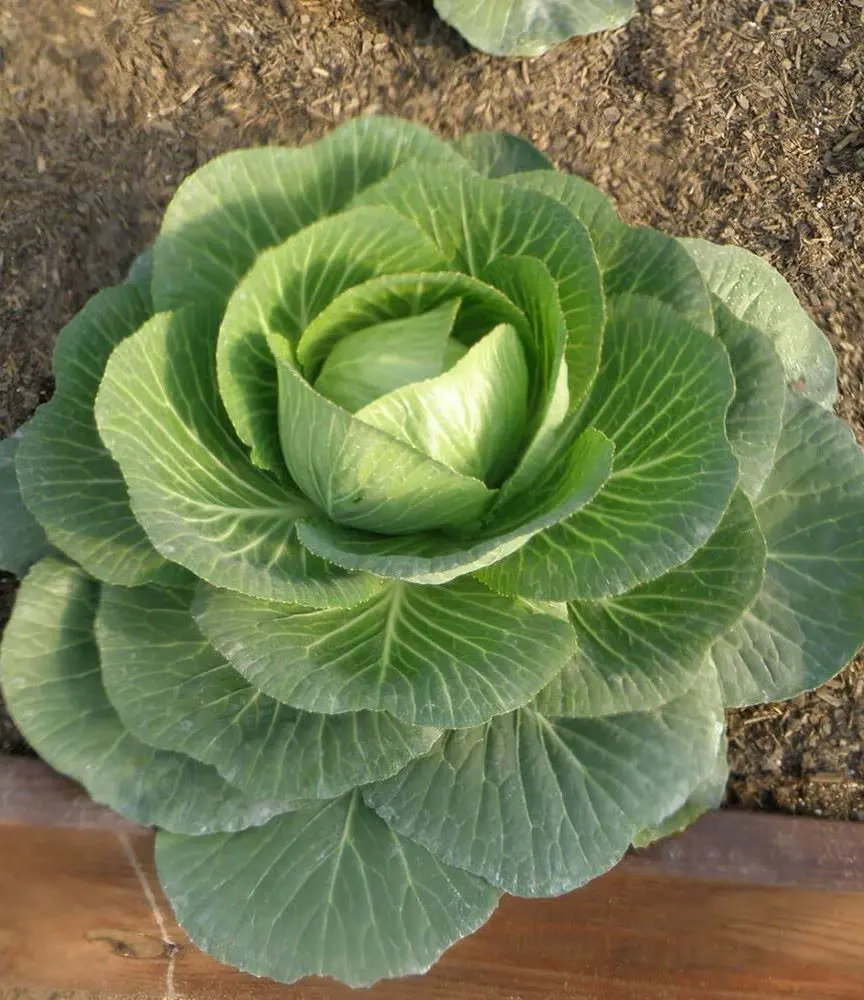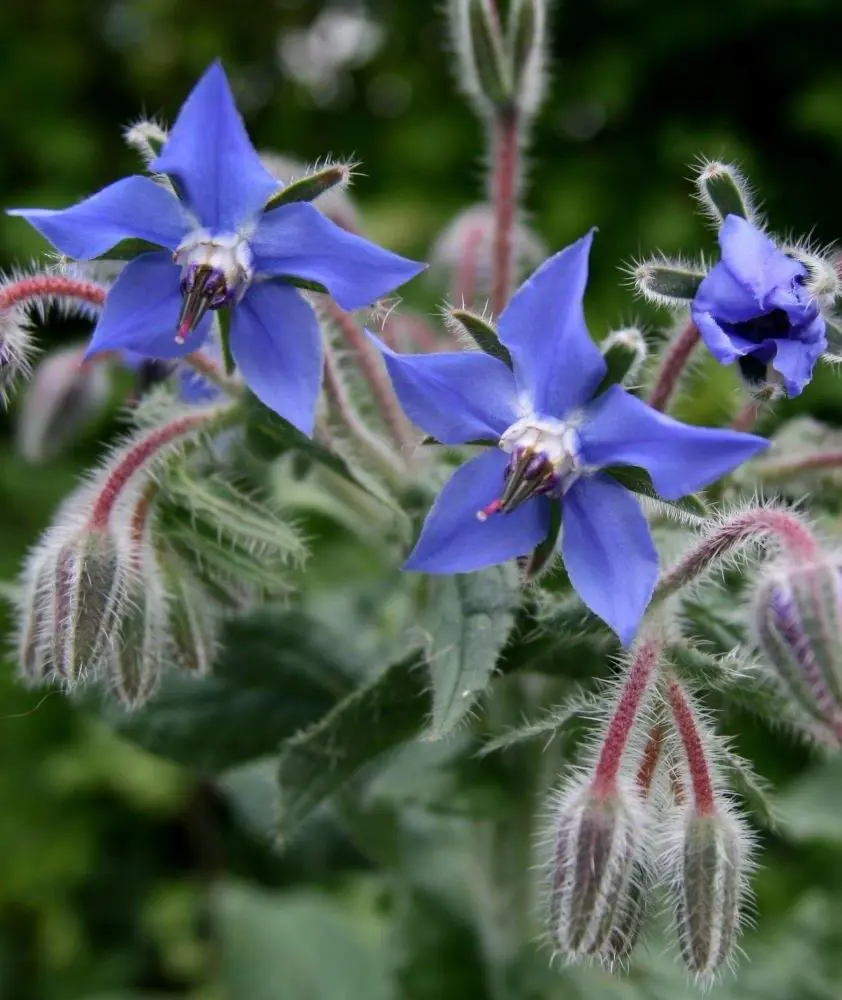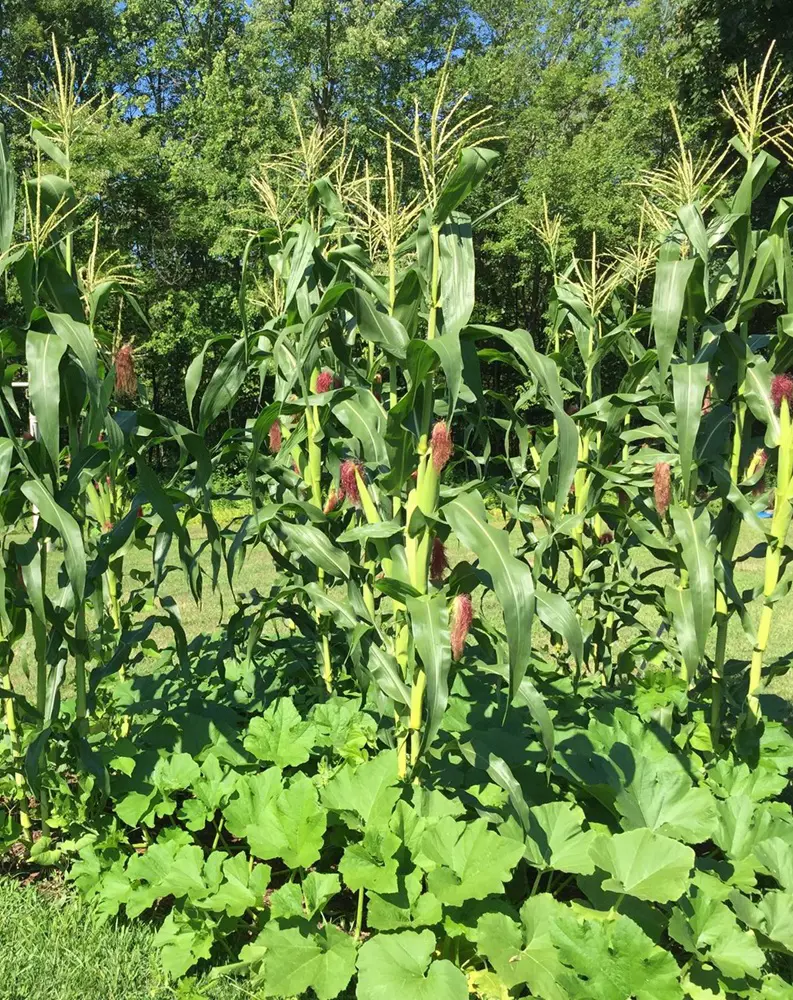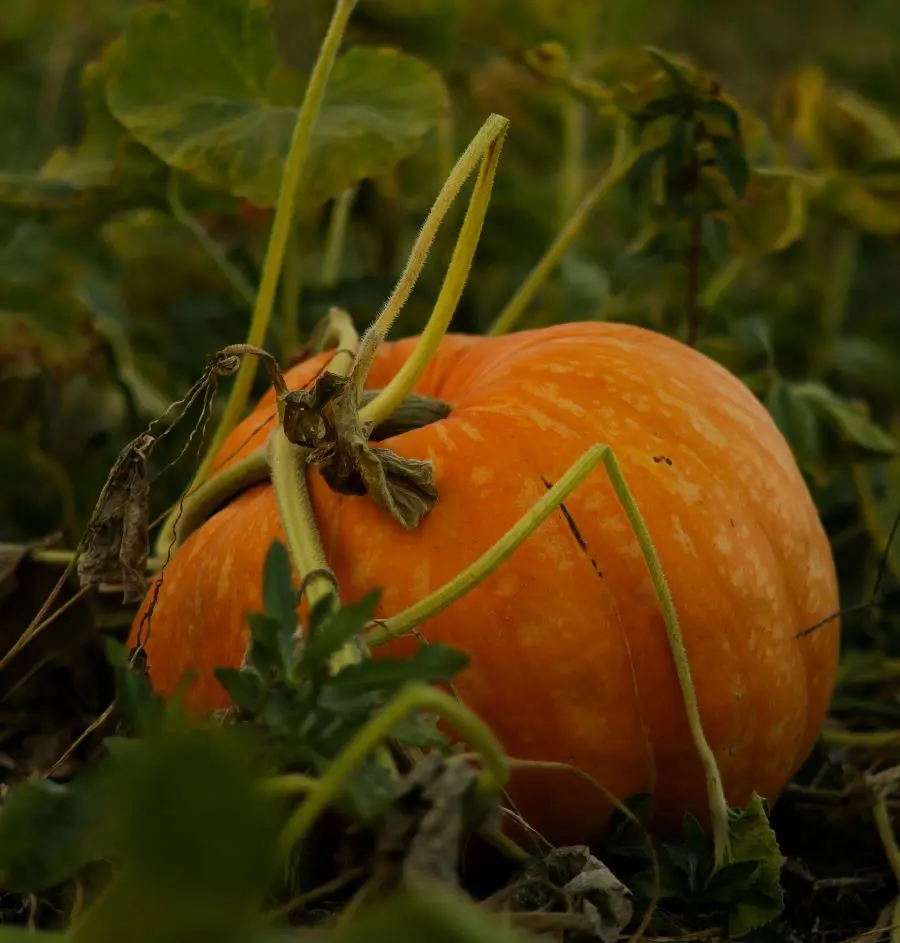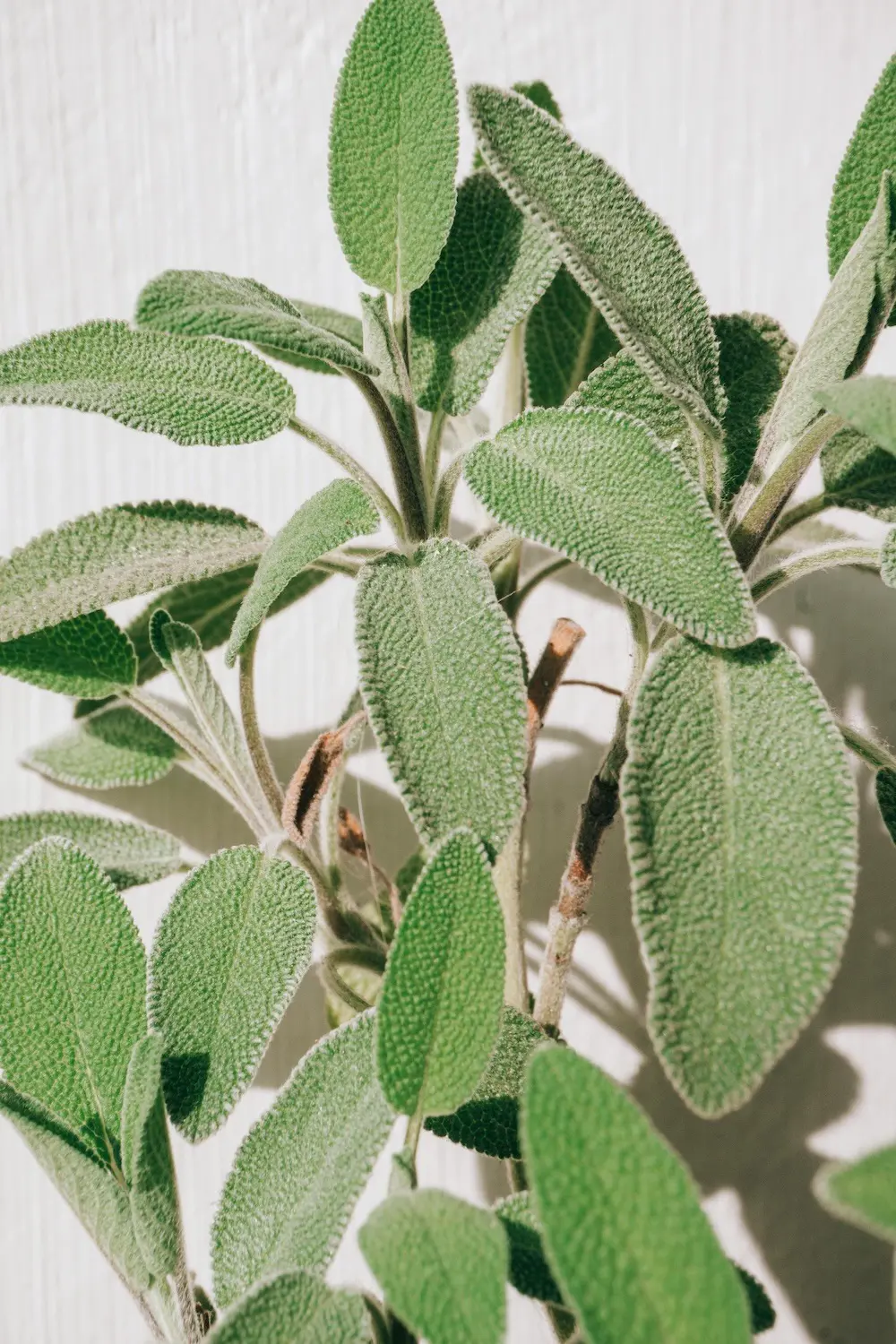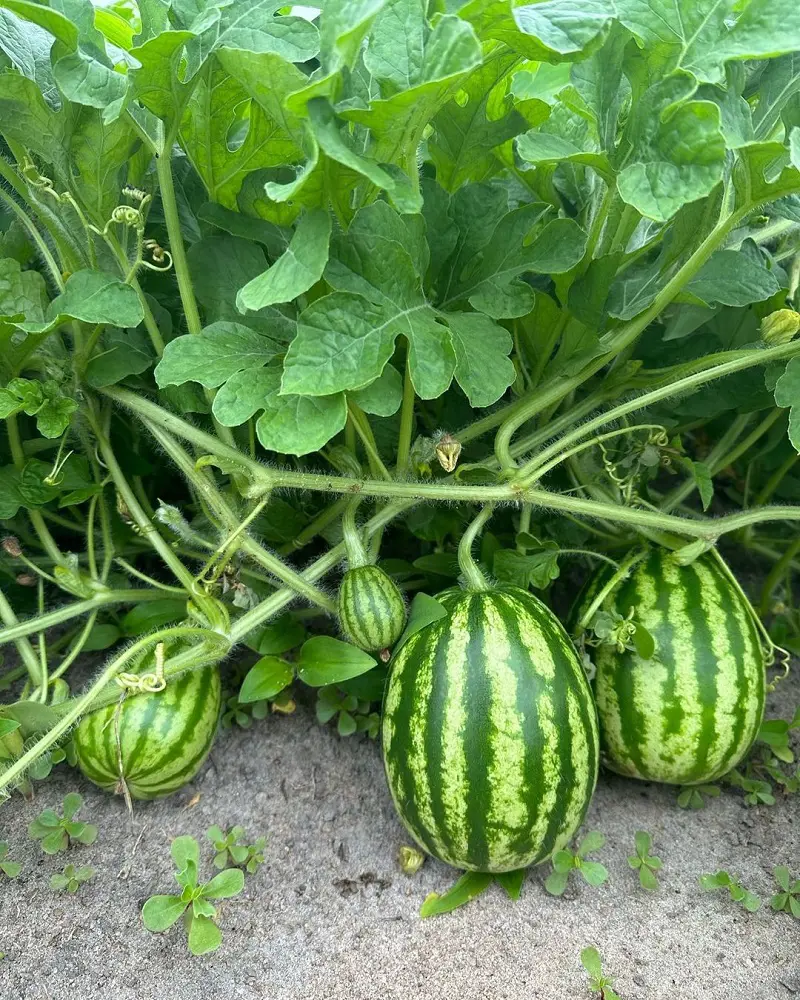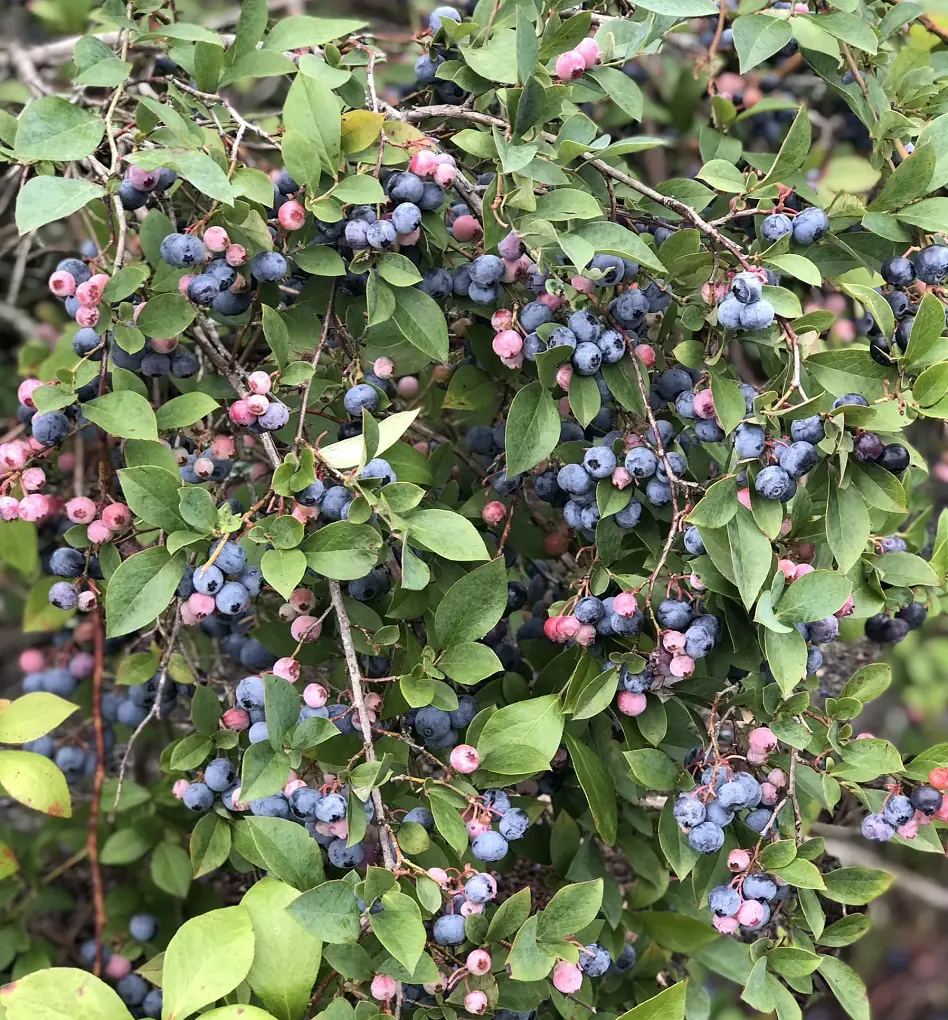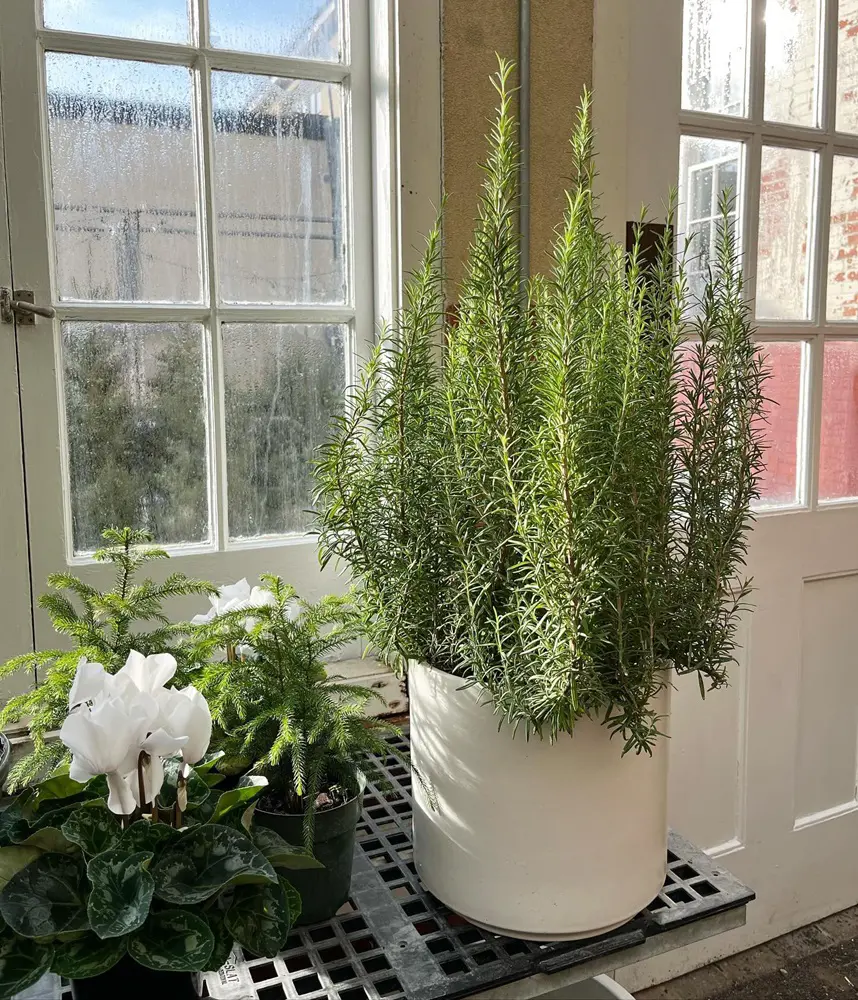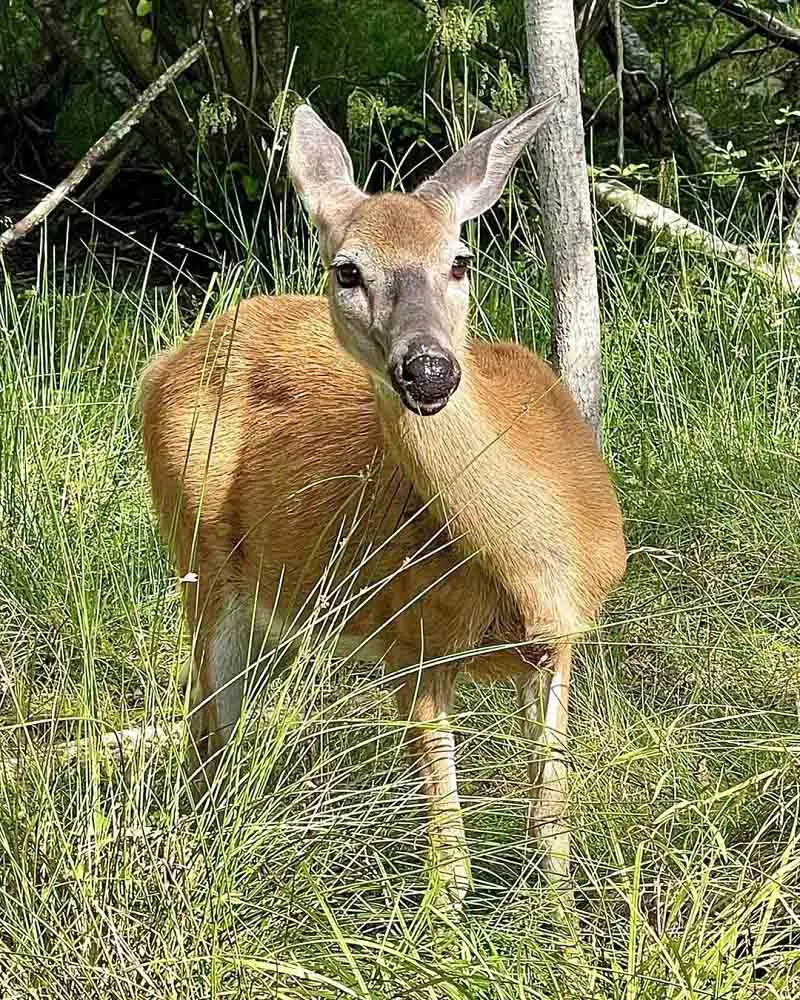1. Lettuce
Lettuce is a leafy vegetable prized for its tender leaves and crisp texture. It typically grows in rosettes with leaves ranging from green to red or purple.
Lettuce's shallow root system complements garlic's deeper roots, allowing them to grow alongside each other without competing for nutrients. Furthermore, the plant's low stature and quick growth make it an ideal companion as it doesn't overshadow the garlic and can be easily interplanted between garlic rows.
- Scientific Name: Lactuca sativa
- Mature Size: 6-12 inches tall
- Growing Conditions: Cool temperatures, well-draining soil
- Colors: Green, red, purple
